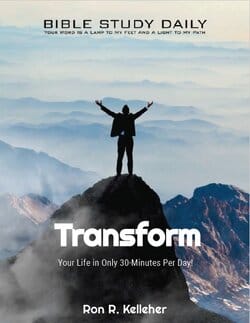Name
The title “1 Timothy” comes from the intended audience designated in 1:2, “To Timothy, my true son in the faith.” The body of the epistle makes it clear that Paul’s intended audience is Timothy, with the expectation that Timothy will teach others what Paul is teaching him in the letter.
Author
Paul explicitly claims authorship of 1 Timothy in 1:1.
Externally, many early church fathers attribute the book of 1 Timothy to Paul, including Irenaeus, Tertullian, Clement of Alexandria, Polycarp, and Clement of Rome.
Note: Pauline authorship of the pastoral epistles (1 & 2 Timothy and Titus) remained unchallenged until the early 1800’s when liberal scholar J.E.C. Schmidt denied they were authentic to Paul. None of Schmidt’s claim’s supporting his argument of non-Pauline authorship holds up under scrutiny.
Genre
Epistle
Literary Form
The epistle to the 1 Timothy is a personal letter that includes sections of encouragement and instruction.
Time Frame
Most conservative scholars believe 1 Timothy was the first of the Pastoral Epistles to be written with Titus, 2 Timothy written shortly before Paul’s death. Assuming Paul was released from prison in A.D. 61-62 (Acts 28:30-31) and then allowing for his travels, 1 Timothy was likely written in A.D. 64-66, probably from Greece.
Emphasis
The purpose of 1 Timothy is described in 1 Timothy 3:14-15: “If I am delayed in coming to you, I want you to know how to conduct yourself in the house of God.” Therefore, Paul’s emphasis is on instructing Timothy on proper behavior in the church, warning him about apostasy, providing instructions for specific groups of believers, and warning him about false teachers and their greed.
Outline
- Greeting and salutation (1:1-2)
- Paul’s charge to Timothy (1:3-20)
- Instructions for worship in the church (2:1-15)
- Qualifications for church leaders (3:1-13)
- Instructions regarding conduct in the church (3:14-16)
- Warnings of apostasy in the church (4:1-16)
- Instructions for specific groups of believers (5:1-6:2)
- Warnings about false teachers and greed (6:3-10)
- Concluding charge to Timothy (6:11-21)


